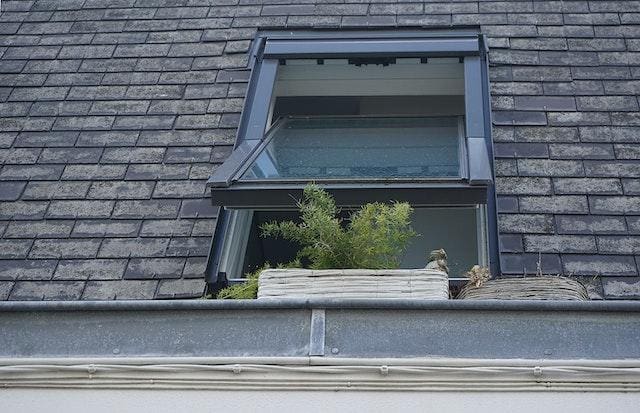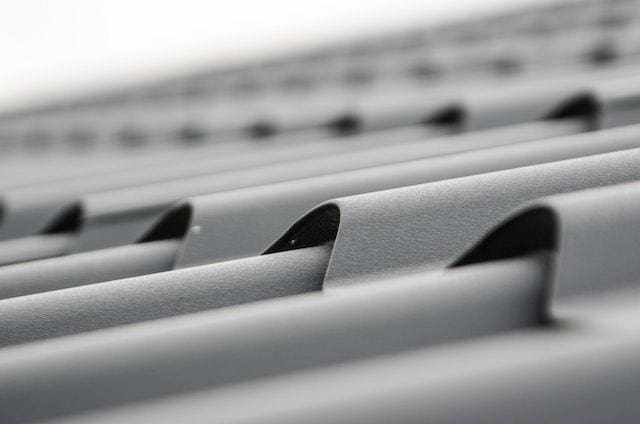The roof is a vital part of any home, as it’s one of the things protecting it from the elements. However, over time, your home’s roof will wear down and becomes less effective. That happens much faster in areas with harsh weather conditions more often or constantly. Even if you only occasionally see extreme weather, you should prepare for this kind of weather. You can do some things to protect your roof in the long and short-term. To help you out, we’ve put together a list of 6 ways to shield your roof from extreme weather conditions.
1. Repair minor damage as it comes up
We already briefly mentioned that your roof will get worn down over time, even if you don’t see harsh weather often. Shingles will fall off, and leaks and cracks will appear as time passes, and fixing them as quickly as possible is vital. These minor problems are opening in your home, which can become massive problems during extreme weather. Ideally, when a storm hits, your roof should be in perfect condition, meaning there are no leaks or cracks. But, at the very least, ensure there are as few openings as possible.
Additionally, wall maintenance is something you need to worry about in the long run. After all, the roof isn’t the only thing that can get damaged during extreme weather. Ensure the rest of your home is up to snuff before a severe storm rolls around and ruins your day.

2. Inspect the roof regularly
Along the same line of thinking, it’s essential to know when your roof needs repairs in the first place. As a result, regularly inspecting your roof is generally a good idea. Take the time to check your roof for any signs of leaks or stains, and do it frequently. While most homeowners inspect their roofs, they don’t usually do it enough. Ideally, you should check your roof for signs of damage every few weeks.
Additionally, if you’ve recently purchased a new home, make sure to do a complete checkup before you move in. One of the first things you should do when moving into a new home is to thoroughly inspect it for damage. Especially when it comes to the roof and walls, this step is vital in making sure the house is safe.
3. Keep the gutters clean and maintained
One of the 6 ways to shield your roof from extreme weather conditions is to ensure your gutters can function properly. If a gutter backs up during a storm, it can cause much water damage to the lower part of the roof and your home. So, take the time to clean out the debris that tends to gather in gutters. That will ensure your gutters can effectively guide water away from your home. If you have trees in the yard, you might have to clean your gutters more often. That is because leaves and branches will also gather in the gutters, and small animals have easier access. However, remember to also weatherproof your patio if you have one. Fixing up a patio can be rather expensive, so making sure it’s also safe in case of a storm is a good idea.

4. Replace the roof on time
If your roof has gotten old or is seriously damaged for whatever reason, then make sure you replace it on time. Most of the 6 ways to shield your roof from extreme weather conditions are about being proactive. So, if your roof needs replacement, don’t hesitate to get it replaced before the next storm. While at it, you should consider a different type of roof shape, which is more resistant to wind. Namely, the hip roof is the best choice against strong winds. A hip roof is shaped like a shallow pyramid, making it much more structurally stable than the typical gable roof. Additionally, when protecting your home in general, remember to take care of your weather stripping—every little bit counts when protecting against extreme weather conditions.
5. Use durable materials for your roof
While replacing the roof, it’s worth thinking about the materials used. For example, asphalt shingles are the best for areas with heavy rain. They’re sturdy and last for quite a while since the typical lifespan of an asphalt shingle roof is from 15 to 30 years. But you’ll also have to worry about replacing shingles whenever they fall off. On the other hand, if you need protection from powerful winds, then an interlocked metal roof is your choice. These roofs can withstand winds as strong as 140 miles an hour. Additionally, an interlocked metal roof doesn’t have shingles that could fall off and become projectiles. So, the best depends entirely on the weather you need to protect your roof against.

6. Remove everything from the yard before the storm
We all like to sit outside and enjoy the fresh air, so most of us have some chairs out, at the least. However, while this is a great way to relax, these objects become projectiles with strong winds. That can damage your home and your neighbor’s home, and powerful winds can send these objects to your roof. So, when you notice a storm is brewing, take the time to clean out your yard from anything which could be picked up during a storm.
6 ways to shield your roof from extreme weather conditions– wrap up
There are many things to worry about when protecting your roof during storms. However, as long as you’re proactive, you can easily ensure nothing wrong happens, even during the worst storms. We hope that this list of 6 ways to shield your roof from extreme weather conditions helps you out, and we wish you a good day.




